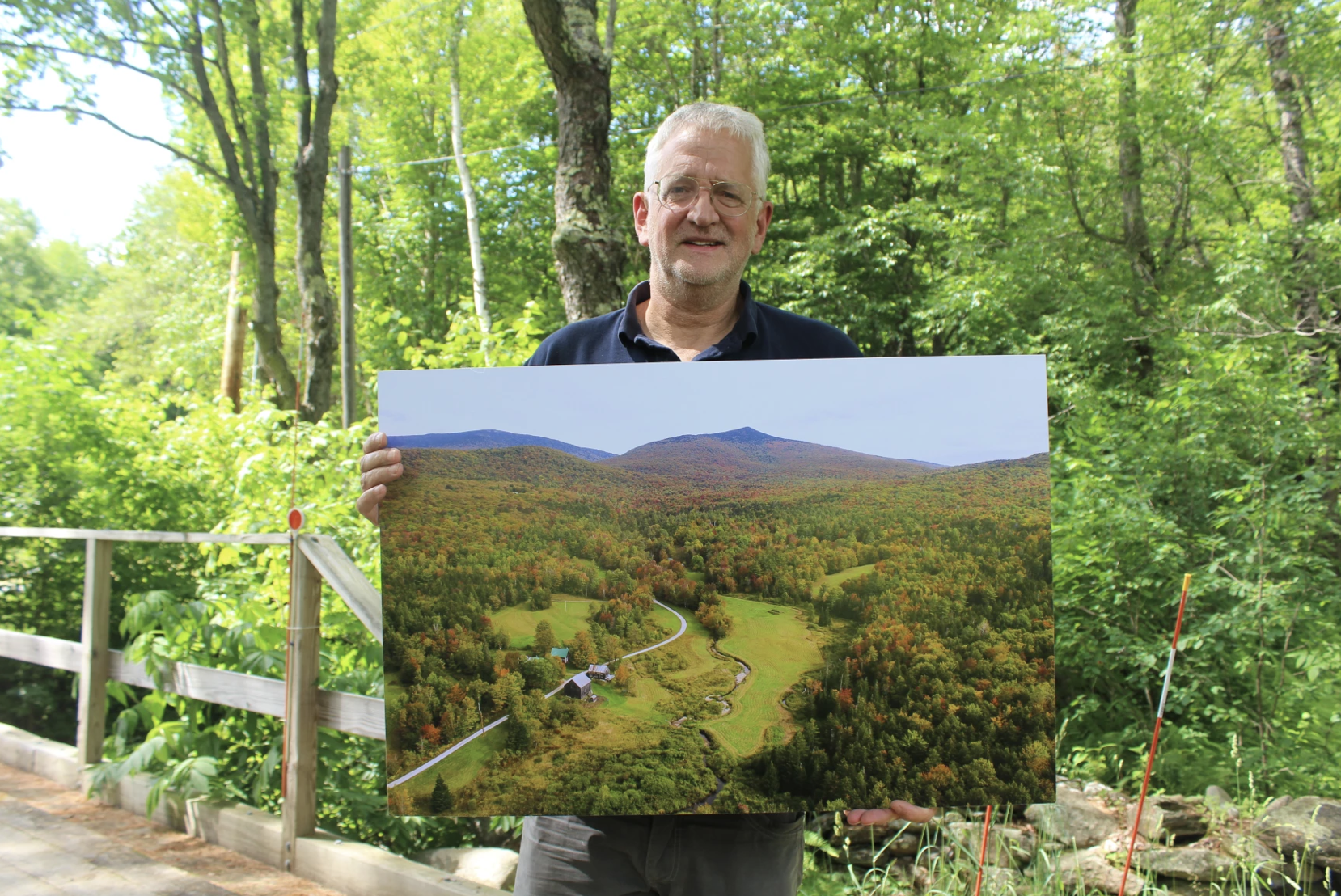
“The goal of this publication is to provide you, the critical forest decision makers in New England— landowners, foresters, conservation organizations,and municipal officials —with a framework for addressing these challenges in an integrated way that is specific to your forest and takes into consideration your individual goals, available time, and resources.

New program pays small landowners to let their trees grow old and make their forests more resilient to climate change
Vermont Public | By Abagael Giles

An article by Meghan McCarthy McPhaul featuring the work done by Tim Stout at Jockey Hill Farm. "Reprinted courtesy of the nonprofit Northern Woodlands magazine, www.northernwoodlands.org"